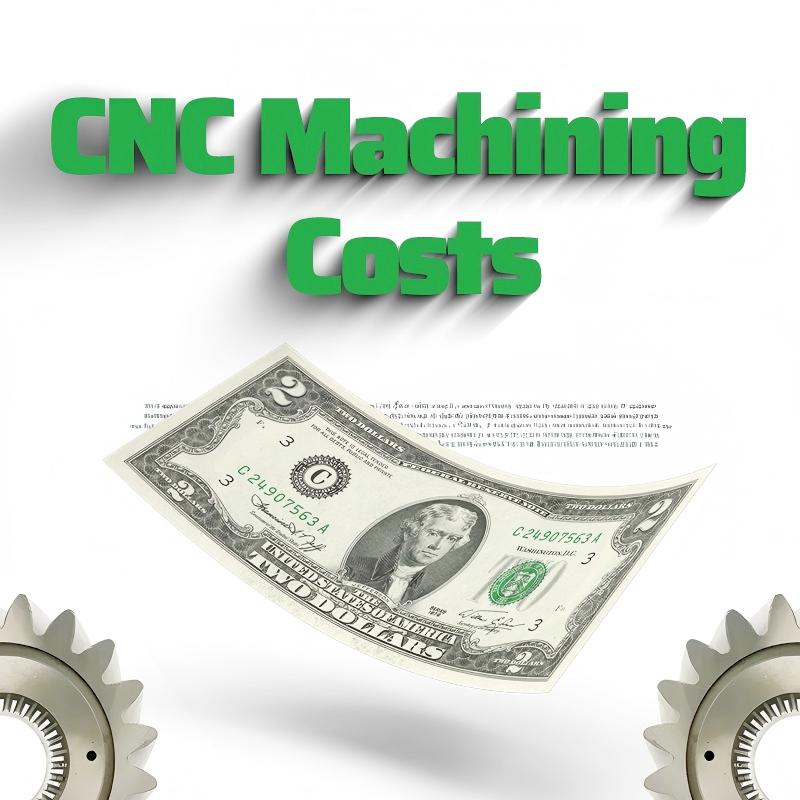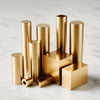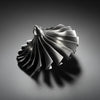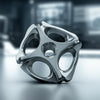Exposing Hidden Waste in CNC Machining: Reduce Your Part Processing Time by 90%!

1. CNC Machining DFM Feedback on Every Project
-
Problem: Unoptimized designs are often the biggest source of waste. Examples include:
-
Inappropriate material selection
-
Overly tight tolerances
-
Excessively small internal radii or sharp corners
-
Monolithic designs that could be split for machining
-
-
Our Actions:
-
Early Engineer Involvement: Free professional DFM analysis with 3–5 actionable suggestions per project on average.
-
Real Case Study:
A client’s automotive bracket design originally specified R0.5mm internal corners, requiring frequent fragile tool changes. We recommended increasing radii to R1.0mm (fully functional), resulting in:-
120% longer tool life
-
18% shorter machining time per part
-
5% material savings per part
→ Annual savings exceeding ¥150,000 ($21,000) for 100,000 units.
-
-
2. Material Management: Maximizing Value from Every Block (Saves 8–30% Material Costs)
-
Problem: Traditional nesting relies on experience, leading to low material utilization and simplistic inventory management.
-
Our Actions:
-
AI-Powered Nesting: Advanced software dynamically calculates optimal cutting layouts using 3D part models and stock dimensions.
→ Material utilization rate: 85%+ (Industry avg.: 70–78%). -
Material Database & VMI:
Maintain a database of common materials + implement Vendor-Managed Inventory (VMI) to minimize special orders and dead stock.
→ Dead stock ratio in 2023: <0.8% (Industry avg.: >2%). -
Scrap Recycling: Priority use of remnants for small parts → 75% internal reuse rate.
-
3. Process Optimization & Strategic Tool Management: Boosting Efficiency and Longevity (Saves 10–20% Machining Costs)
-
Problem: Conservative cutting parameters, inefficient toolpaths, and lack of tool monitoring cause slow machining and premature tool wear.
-
Our Actions:
-
Cutting Parameter Database & Dynamic Optimization:
Real-time data collection optimizes feeds/speeds based on material, tool, and machine.
→ e.g., 25% faster machining & 40% longer tool life for stainless steel parts. -
Advanced CAM Programming:
Use adaptive stepover, trochoidal milling, and HSM strategies to:-
Reduce non-cutting moves
-
Improve stability and surface finish
-
Lower tool load by 15–30%
-
-
Real-Time Tool Monitoring:
Acoustic emission/power sensors on critical machines predict wear/breakage → Reduce scrapped parts/machine damage by 35%.
→ Tooling cost share: <8% of machining fees (Industry avg.: >12%).
-
-
Result: Higher Overall Equipment Effectiveness (OEE): 82% (Industry avg.: 65–75%) = More quality parts per hour.
4. In-Process Control & Quality Forwarding: Eliminating Costly Rework (Drastically Reduces Scrap Costs)
-
Problem: Late-stage inspection finds defects after loss occurs; fixturing/thermal distortion causes dimensional errors.
-
Our Actions:
-
First-Article Inspection (FAI) & In-Process Gauging:
Strict FAI + on-machine probing catches issues early → Bulk scrap rate in 2023: <0.2%. -
Error-Proof Fixturing:
Custom hydraulic/pneumatic fixtures and zero-point systems → 30% faster setup & minimized distortion. -
Climate-Controlled Workshop (±1°C / ±1.8°F):
→ 50% improved dimensional stability (critical for aluminum/large parts).
-
-
Cost Impact: Scrapping one complex part wastes not just material, but machine time and delivery schedules. Our low scrap rate ensures cost control and on-time delivery.
5. Data-Driven Continuous Improvement: Leaving No Waste Hiding Place
-
Problem: Hidden waste costs are hard to track; improvement lacks direction.
-
Our Actions:
-
Full MES Integration: Real-time monitoring of machines, parts, tools, and materials.
-
Waste Cost Visualization: Weekly/monthly analysis of downtime, tool wear, scrap, and rework costs.
-
PDCA & Kaizen: Data-triggered improvement projects.
→ e.g., Coolant concentration optimization reduced specific tool costs by 18%.
-
-
Core Philosophy: "If you can’t measure it, you can’t improve it." Data is the foundation of our cost advantage.
Results: Tangible Cost Advantages
Our systematic waste-reduction approach delivers significant cost savings versus traditional CNC shops:
| Metric | Our Performance | Industry Average | Impact |
|---|---|---|---|
| Material Utilization | >85% | 70–78% | Direct material cost reduction |
| Total Waste Rate | <6% | 12–15% | Major cost difference source |
| OEE (Equipment Efficiency) | 82% | 65–75% | Higher output per hour |
| Tooling Cost Share | <8% | >12% (some shops) | Better consumable control |
What Does This Mean for You?
Our competitive pricing doesn’t come from cutting corners—it’s the result of high-efficiency operations and extreme waste control. Choosing us means investing in a proven low-waste, high-reliability manufacturing system, ensuring your project benefits from:
✅ Lower Total Cost of Ownership (TCO)
✅ Stable, Predictable Supply Chain
Contact our engineering team today for a free DFM analysis and competitive quote! We’ll prove your investment’s exceptional value with transparent data and expertise.
-
Posted in
Aluminum Alloy, cnc machining, machining cost, Milling, precision machining, R&D, rapid prototyping





